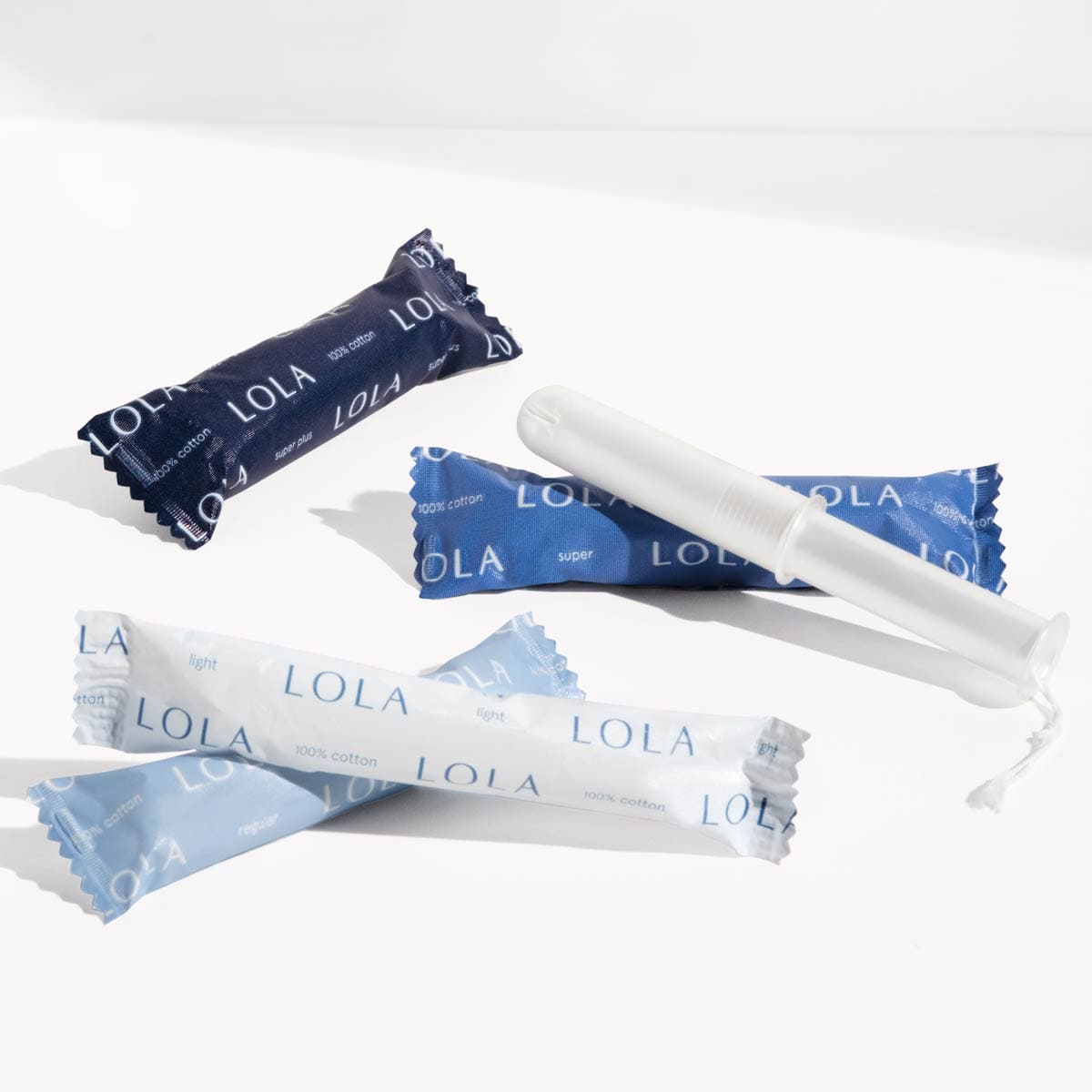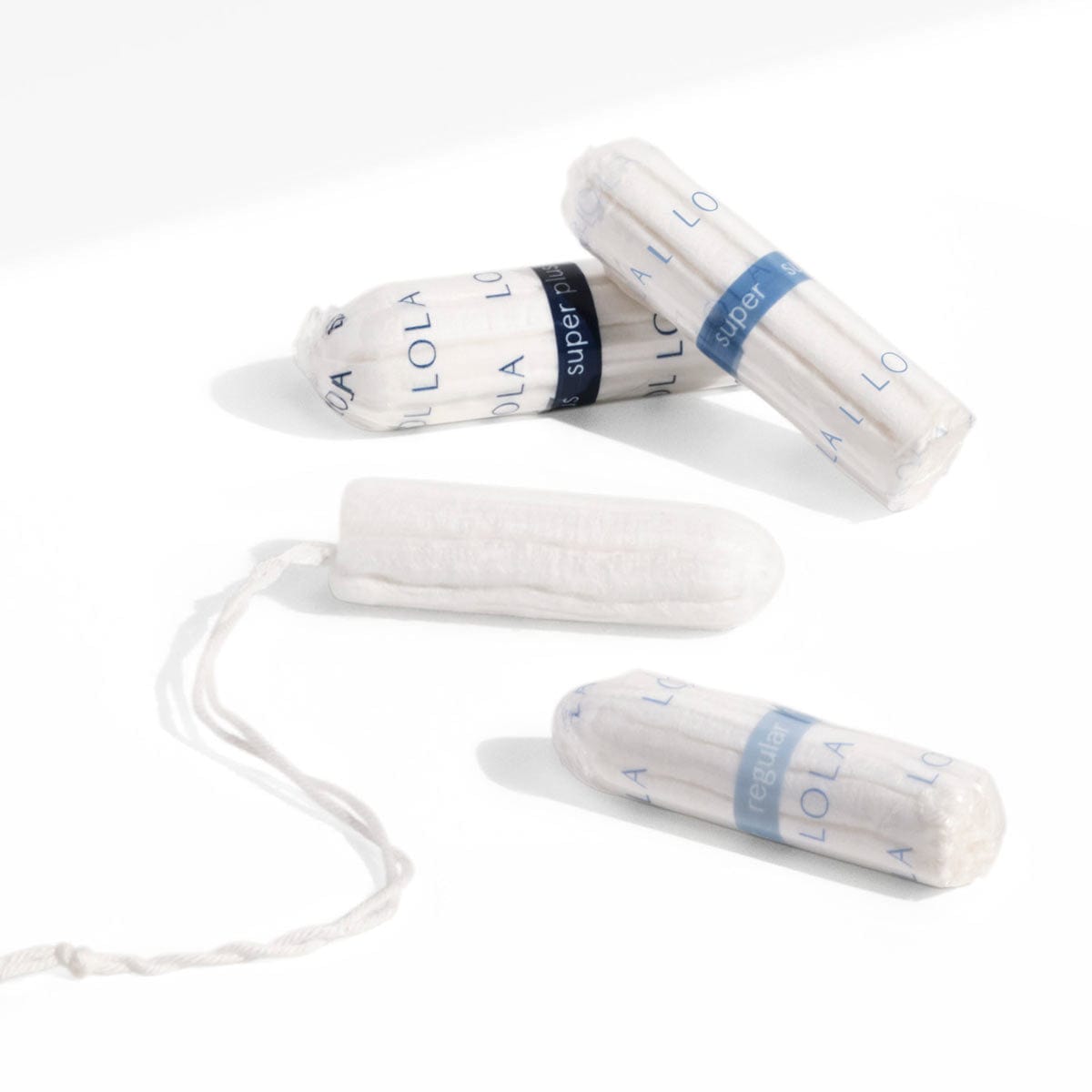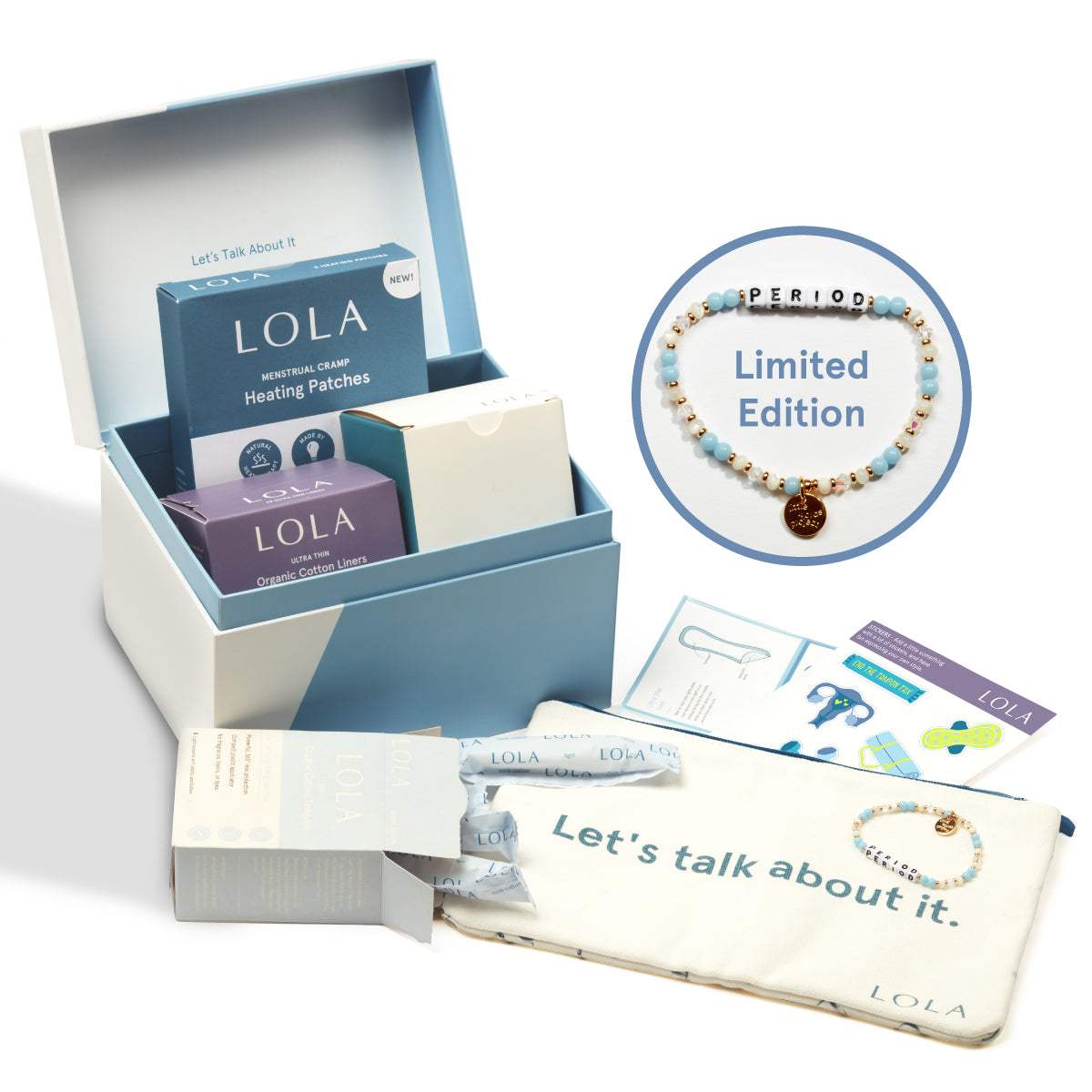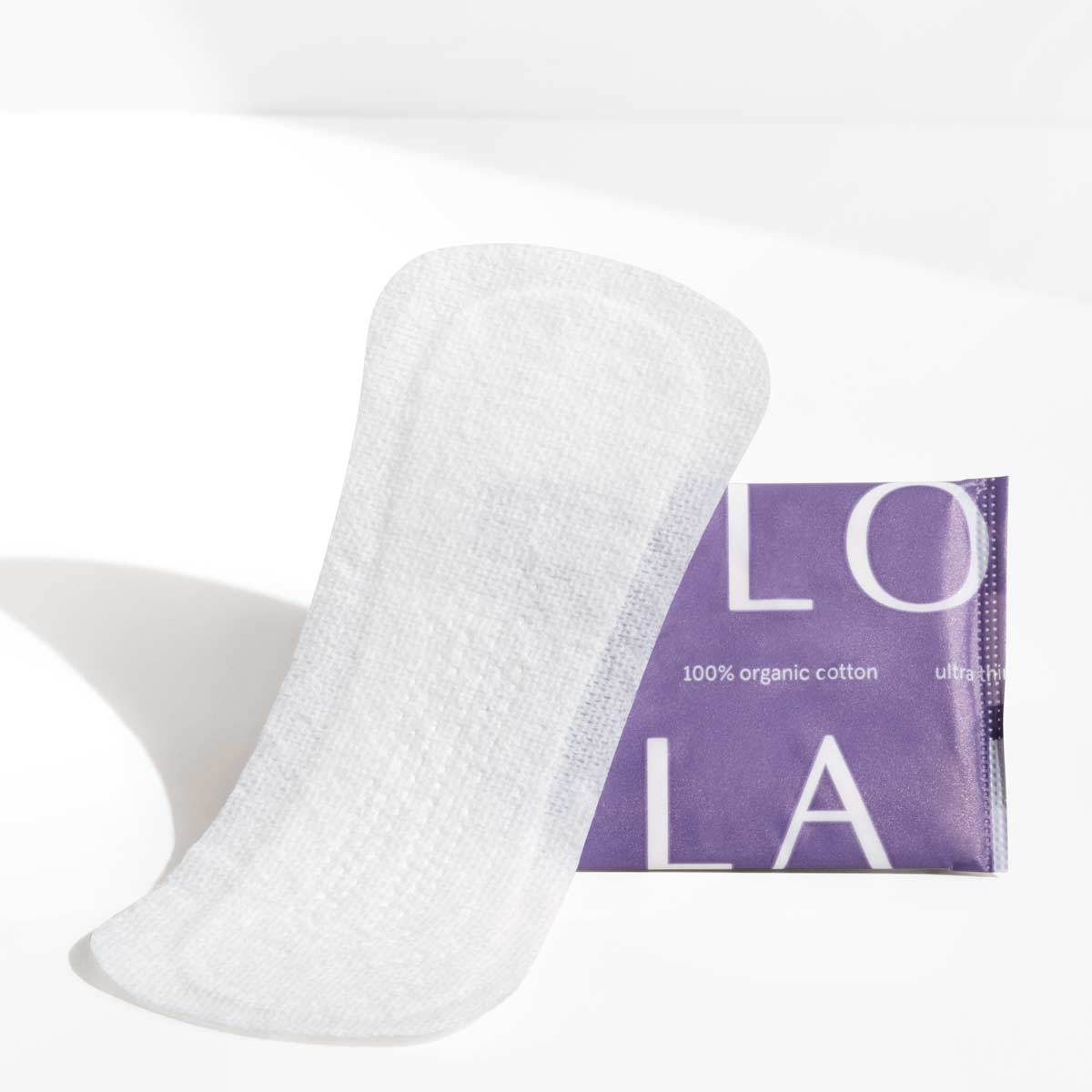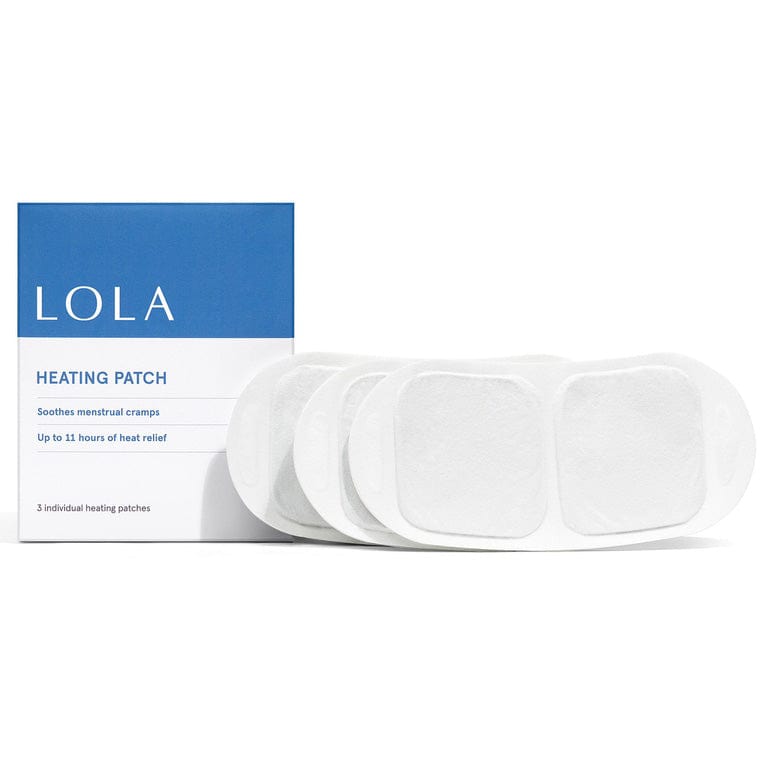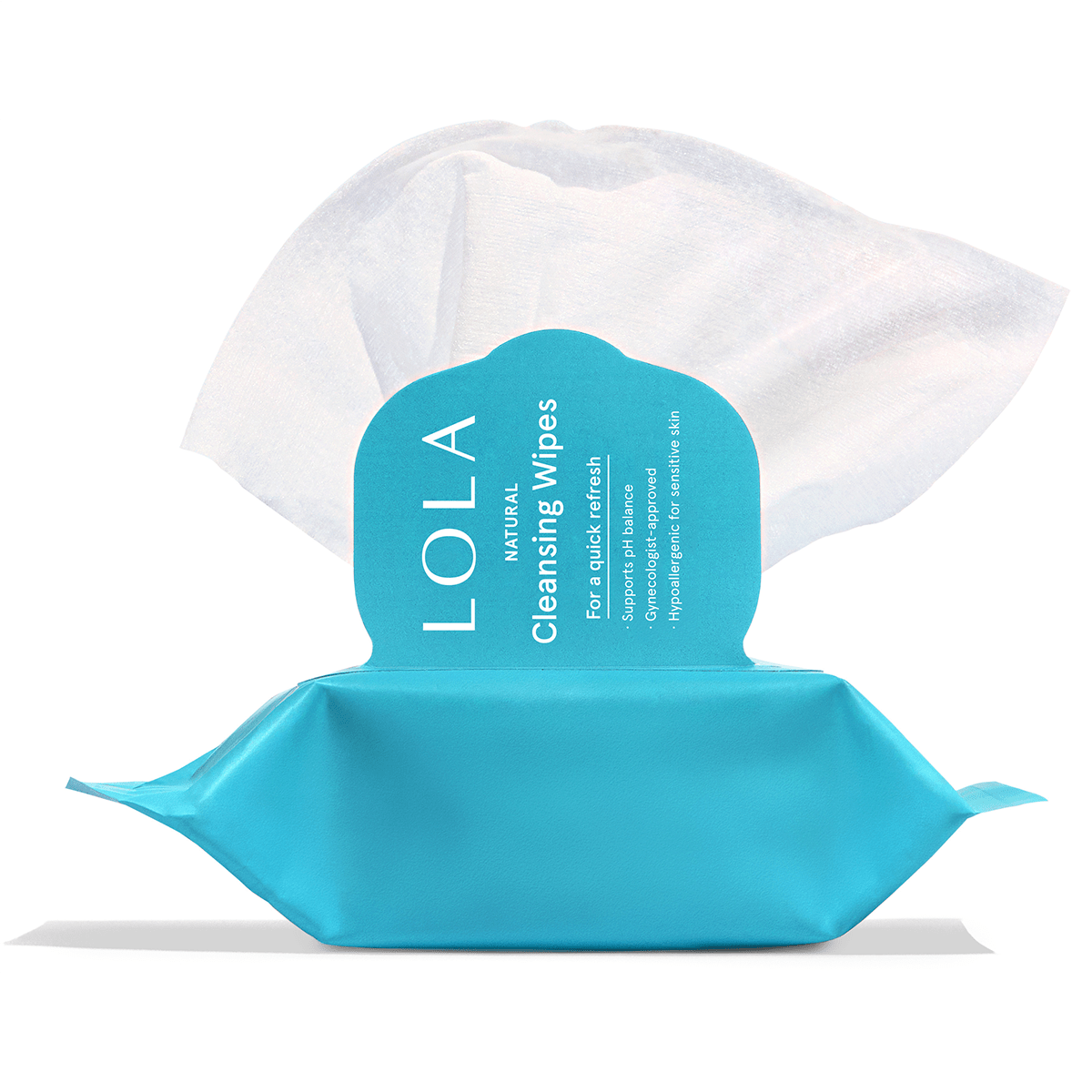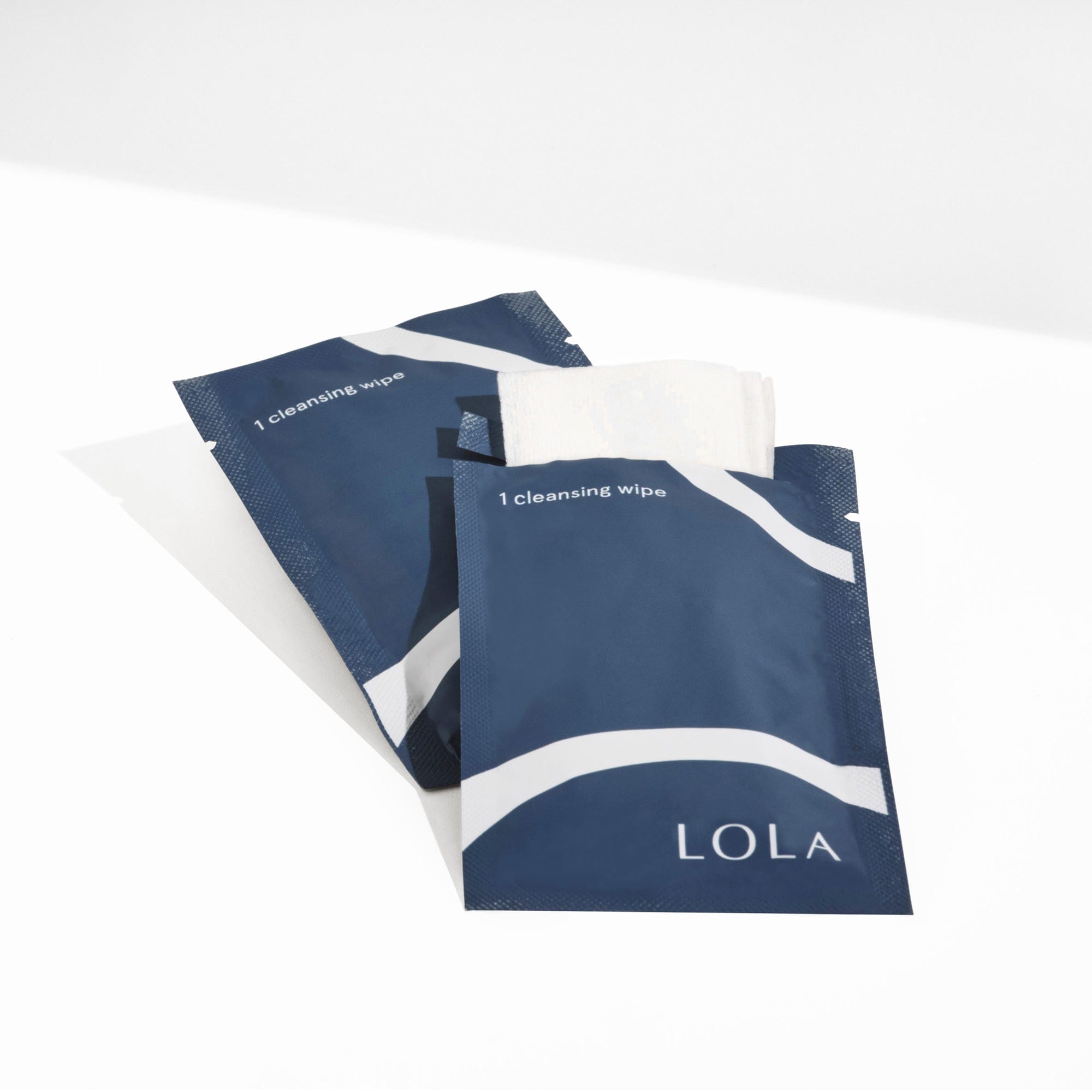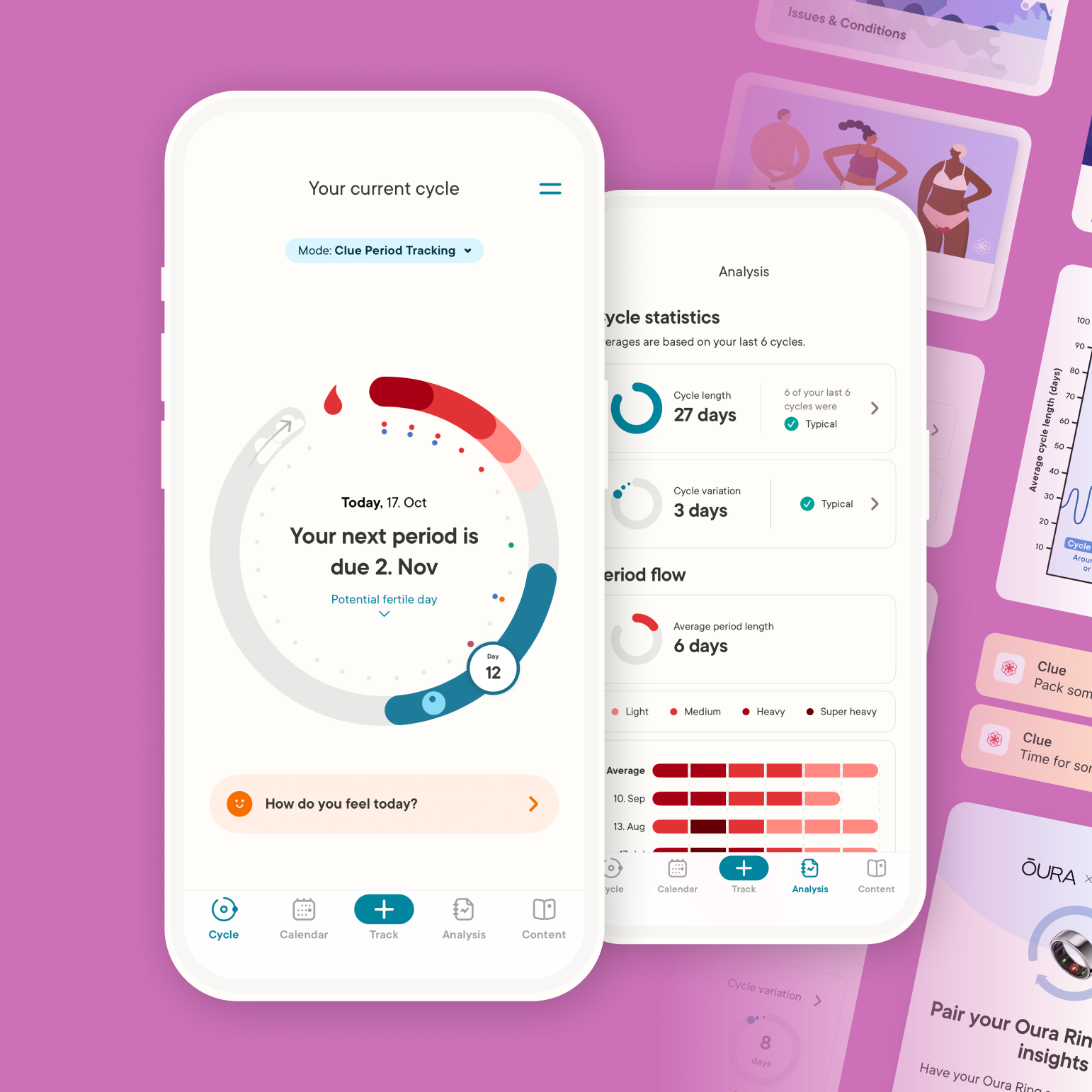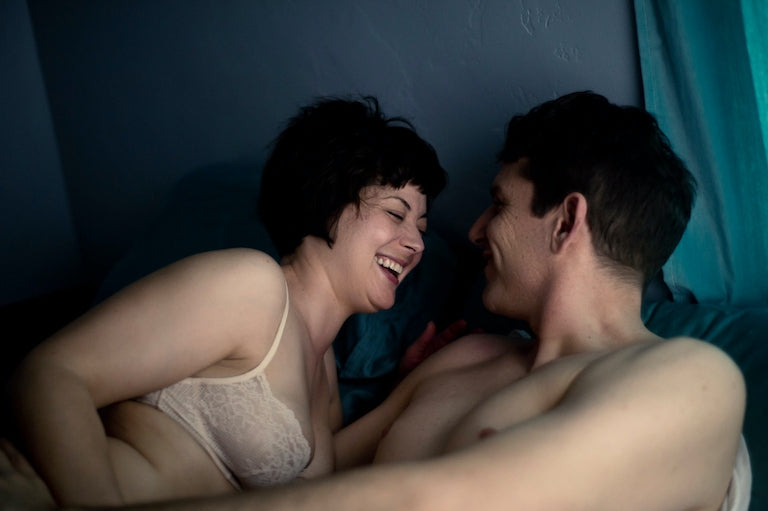Remember the movie Blue Valentine with Michelle Williams and Ryan Gosling?
Initially, it was given a NC-17 rating, which is reserved for movies with even more explicit sexual content than R-rated films. Blue Valentine was rated NC-17 because of a scene where Michelle Williams receives oral sex from Ryan Gosling. No violence, no foul language, no full-frontal nudity " just Ryan going down on Michelle. But here's the thing: many movies showing a woman giving oral sex to a man are rated R. In this case, the Motion Picture Association of America told us that viewing a woman being pleasured is worthy of a totally different rating.
Ultimately, Blue Valentine's rating was changed to R. But the 2012 incident still demonstrated that women's pleasure, for just the sake of pleasure, isn't always viewed as appropriate. This made me wonder, when did we accept that it's OK for women to experience pleasure for only that " pleasure " versus reproduction or a man's pleasure?
It's not all Greek to me
In Ancient Greece, the female orgasm, specifically female ejaculation, was actually a hot topic of conversation. The physician Hippocrates believed that both a man and woman must ejaculate to create new life. Additionally, Aristotle thought female ejaculation, or "female essence" as he wrote, was required to ensure the baby kept growing inside the womb, and needed to be released through regular intercourse and orgasm.
While the idea of women's pleasure existed and was discussed, it was only within this framework of reproduction. However, men's pleasure through the practice of "pederasty" was commonplace. Pederasty was a socially acceptable relationship between two men, typically one older and one younger, with the sole purpose of experiencing erotic pleasure.
Hysteria and irony in the Victorian era
While the female orgasm was at least discussed by our Ancient Greek ancestors, the idea of it was nonexistent and completely rejected by Victorians in the 19th century. The vagina was only seen as a vehicle for men's enjoyment and reproduction, and that's about it.
As a result (and as you may have guessed), many women were quite sexually dissatisfied during this time. Those who visited their doctor to complain of symptoms and seek treatment were diagnosed with a medical disorder called "hysteria." Sexual desire, excessive vaginal lubrication, heaviness in the lower abdomen, shortness of breath and nervousness, to name a few, were actually considered to be symptoms (yes, symptoms) of the "illness."
To relieve a "hysterical" woman, doctors massaged their external or internal pelvis, which often resulted in what we know today as an orgasm. But since the notion of female pleasure was absent back then, this was only viewed as a treatment to an affliction. When patients did orgasm, it was referred to as a "hysterical paroxysm." But, at least one good thing came out of this dark period for women's pleasure. Ultimately, this treatment is said to have led to the invention of the vibrator, as doctor's sought a device to relieve their tired arms and hands.
Masturbation and multiple orgasms
Fast-forward to the 1940s, when an American scientist (sexologist, to be exact) named Alfred Kinsey released a report that actually recognized the female orgasm, putting women's pleasure back on the map. Specifically, he discovered that 40% of the women he surveyed used masturbation as a way to experience pleasure outside of sex " something that wasn't at all accepted at the time.
Just a few decades later, Dr. William Masters and Virginia Wolfe (the TV series Masters of Sex is based on their lives) expanded on Kinsey's studies. For instance, they proved that men undergo a "refractory period" after ejaculation, during which they're incapable of orgasming again. However, the refractory period was shown not to exist for women. In fact, some of the women studied experienced multiple orgasms, unlike their male partners. This was one of the first instances in which women's sexual pleasure was not only shown to be as existent and as real as men's, but to actually extend beyond men's in some ways.
LBJ promotes the pill
Masters and Wolfe's research set the stage for the 1960s, when more traditional views on sex, like women waiting until marriage, were challenged. Young people began to embrace the idea that sex should not be withheld until marriage. As a result, some women began having multiple sexual partners before getting married. Sex started to be seen as an act no longer intended for only a husband and wife, no longer just a way to create a family unit bound by marriage and last name.
But where exactly did this cultural shift come from? Turns out, the very first birth control pill, Enovid, was officially approved by the FDA in 1960, allowing women to seek pleasure without fear of getting pregnant. This approval, along with an endorsement* of birth control by President Johnson, encouraged many Americans to more readily adopt a new normal in sexual behavior. Sex and reproduction could finally be two distinct acts.
Pleasure for pleasure
Today, years after the release of birth control, articles* and studies* now actively promote the female orgasm, citing multiple health benefits of women experiencing pleasure. Better memory and brain function, a stronger immune system, enhanced emotional closeness to one's partner, and pain alleviation are just a few.
Women's pleasure is encouraged today for the sole purpose of a woman experiencing pleasure. Research, like the health perks mentioned above, as well as advances in women's health, support this attitude towards women's pleasure. For example, women now have more access to birth control options than ever before, whether their preference be a pill, patch, implant, or shot.
As much as female pleasure is advocated in research and health technology today, more traditional and conservative values around sex still exist, as the Blue Valentine incident demonstrated. But, thankfully long gone are the days of the female orgasm only being discussed through the lens of reproduction or a partner's pleasure.
References
http://todayinclh.com/?event=president-johnson-endorses-federal-support-for-family-planning
https://www.mindbodygreen.com/articles/9-healthy-reasons-to-have-more-orgasms
https://www.athenainstitute.com/sciencelinks/sexualbehaviorfrequency1979.html
